By Dani Cole
Before the pandemic, Kevin Daniels sold Magic Mops. In addition to his stall at Bury Market, he ferried his wares across the nation: Bakewell in Derbyshire, North Wales and the London markets in the summer. He also had gigs on TV, giving demonstrations on shopping channels.
When I found him recently, he was flogging PPE - standing by a trestle table covered in face masks and visors. Along with other non-essential traders at Bury Market, Daniels was about to close his stall as the second lockdown came into effect. “It’s a legal requirement to wear one, but we’re not allowed to sell them,” he said, a note of incredulity in his voice.
A few shoppers who paused at his stall shared their concern about the coming weeks. “It’s dreadful,” one lady said. “I’ll be eating tins of beans,” Daniels replied, “from Fortnum & Masons,” he added, winking at me. But beneath his joshing, there was an undercurrent of uncertainty. “I’m a bit long in the tooth to get another job,” he said. “It’s pretty much hand-to-mouth now.”
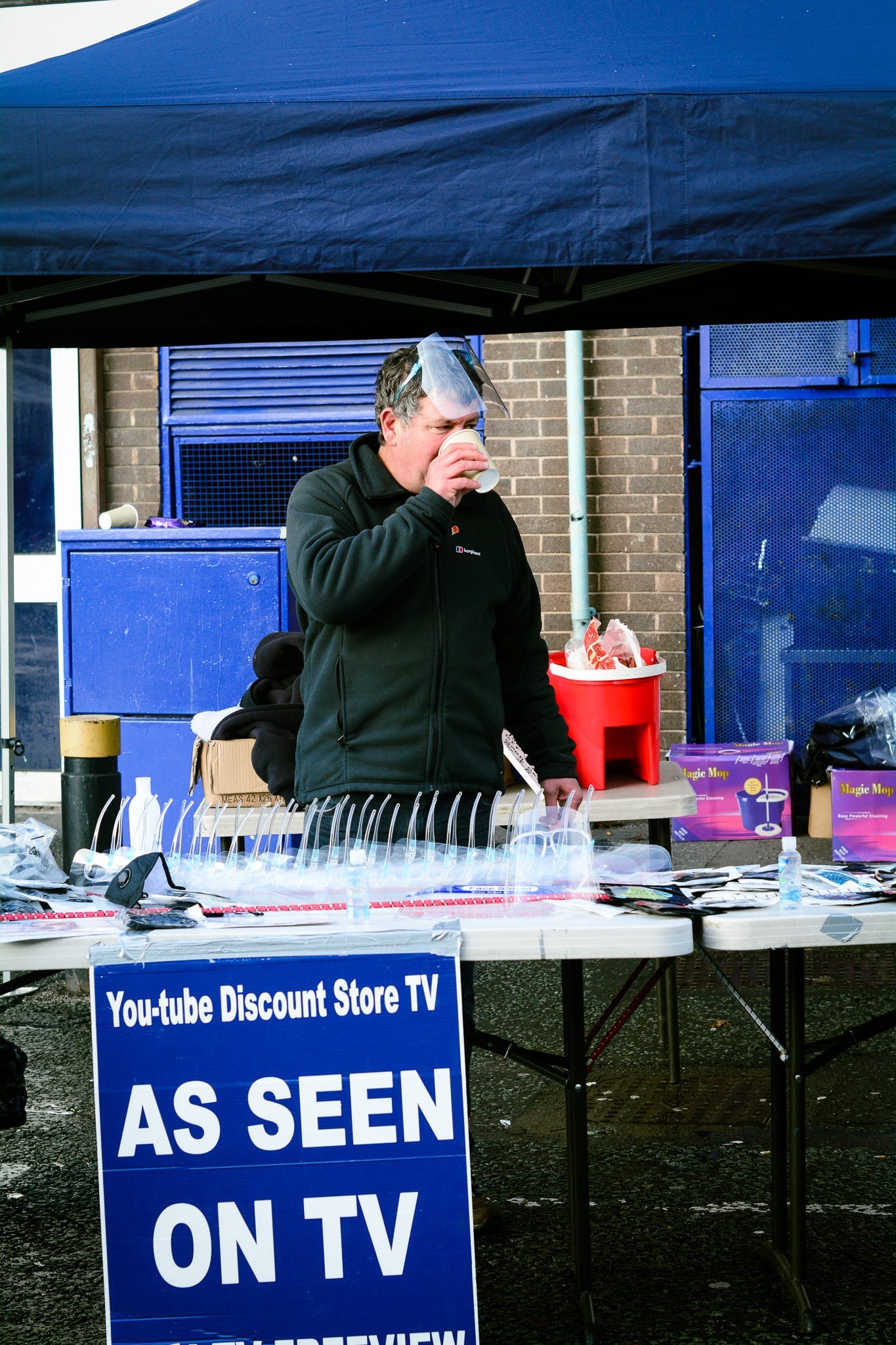

When you first visit Bury Market, its labyrinthine passages can make you feel momentarily disorientated. There are 374 stalls in total, and the market is comprised of three sections: The Meat and Fish Hall, Market Hall and the Outdoor Market, which is a rabbit-warren of stalls. You can buy almost anything: fruit and veg, penny sweets, boxes of laundry detergent, sprigs of artificial flowers, a whole sheep’s fleece, thick and soft as a cloud. The atmosphere of the market comes from its traders, who chatter and banter with each other, and look after each other’s stalls when they need to nip to the loo. The place has real warmth and character to it - so much more human than the shopping centres that have come to dominate modern retail, and so much more alive.
It also feels like it belongs to a bygone age - bustling and charming, but also dated. Outside, there are grey pebbledash and bare concrete walls, and inside the Market Hall linoleum features heavily. In certain areas, if I had lined a shot up with my camera carefully, the photograph could pass for the 1980s. Maybe the 1970s, when this market was built after a massive fire had destroyed the previous one. “Laughter round the toy stalls, and hot sweet cups of tea / Tripe, pigs feet and trotters, now just a memory,” reads a poem written about the fire. Tripe used to be closely associated with Bury Market. Now you’re more likely to pick up a black pudding.
Throughout the market, blue signs declare: “Bury Market welcomes 250,000 visitors every week” and “It’s official – Bury is the best market in Britain”. One is a factual claim that, if it was true before the pandemic, sadly isn’t now. The second is more subjective - something like a mantra. One local shopper asked me how I was enjoying “Bury’s world-famous market” with a knowing grin.
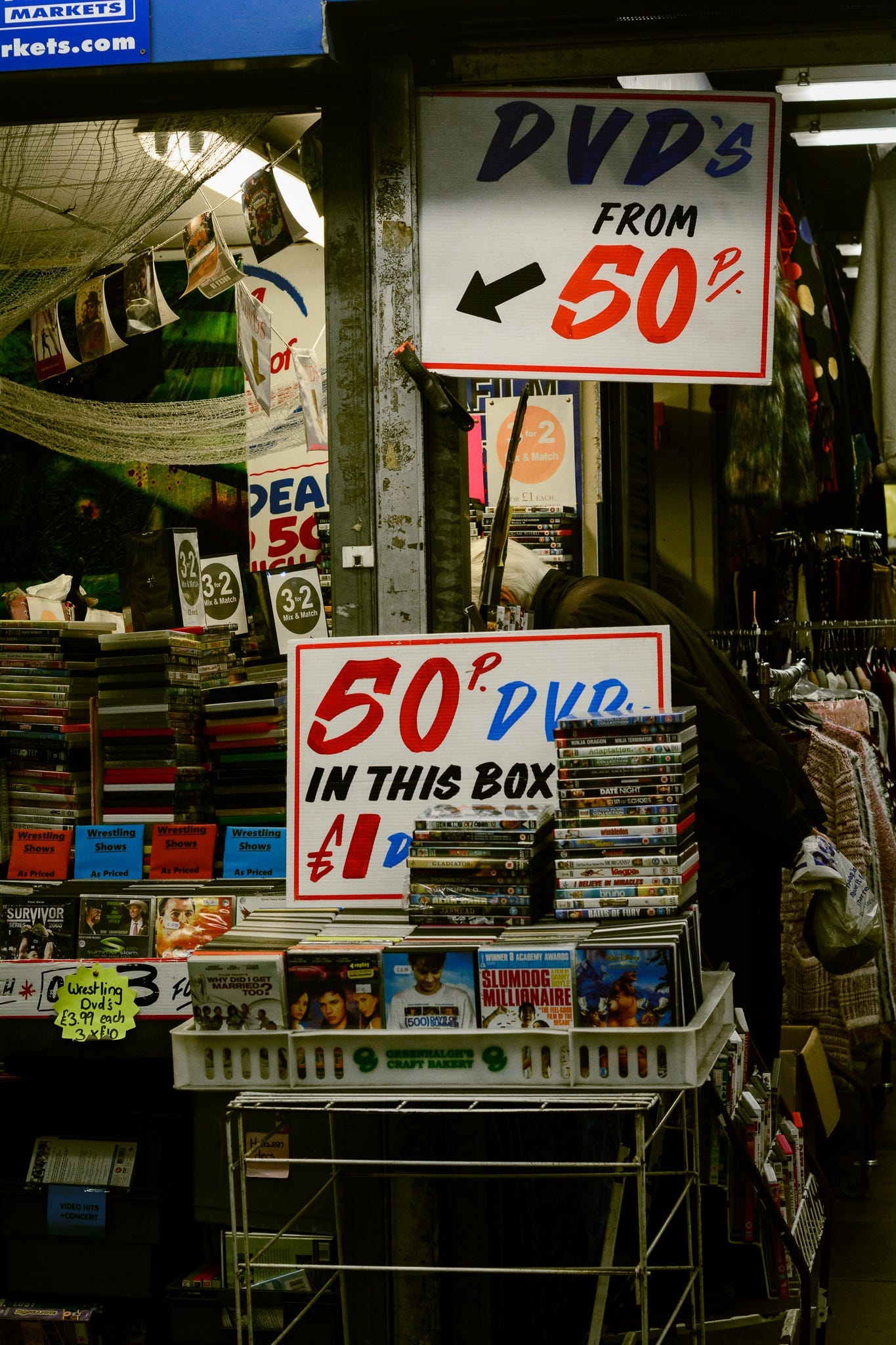
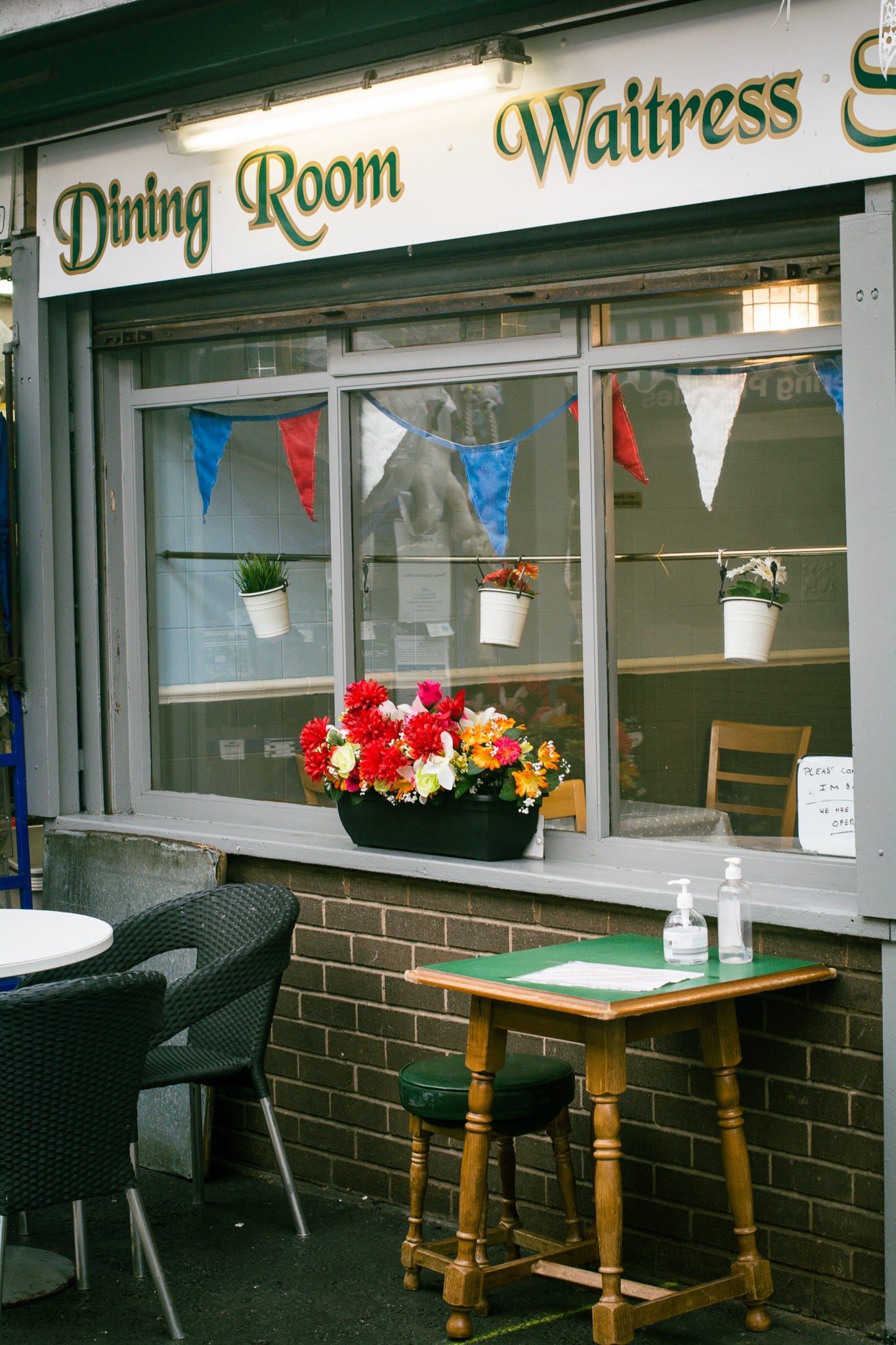
In 2019 Bury Market attracted more than 1,800 coaches, the council says. Tourists come here on coach trips come from Birmingham, Carlisle and Durham. This year the huddles of visitors were nowhere to be seen. All of the stallholders I spoke to told me that they needed the coaches back, especially because the market has lost local customers to the two large shopping centres next door. The presence of the Mill Gate and The Rock means the market has to compete with retail giants such as Primark and Marks and Spencer.
The truth is that the forces of modernity and circumstance are arrayed against Bury Market and places like it. The modern shopping centres next door; the rise of fast-fashion websites and Amazon; the long-term shift to online shopping, vastly accelerated by the pandemic; the pandemic itself. For hundreds of years, the men and women who traded at Bury Market faced competition only from each other. Now the independent traders here are competing with globally famous brands and losing market share to companies owned by some of the wealthiest men on earth.
Andrew Heyes, 58, who has worked at the market for 20 years and is now its manager, says the solution lies in Bury Market’s unique character. “Long-term, you’ve got to offer something different to the supermarkets,” he told The Mill. “It’s the social value - it’s got to be an experience.”
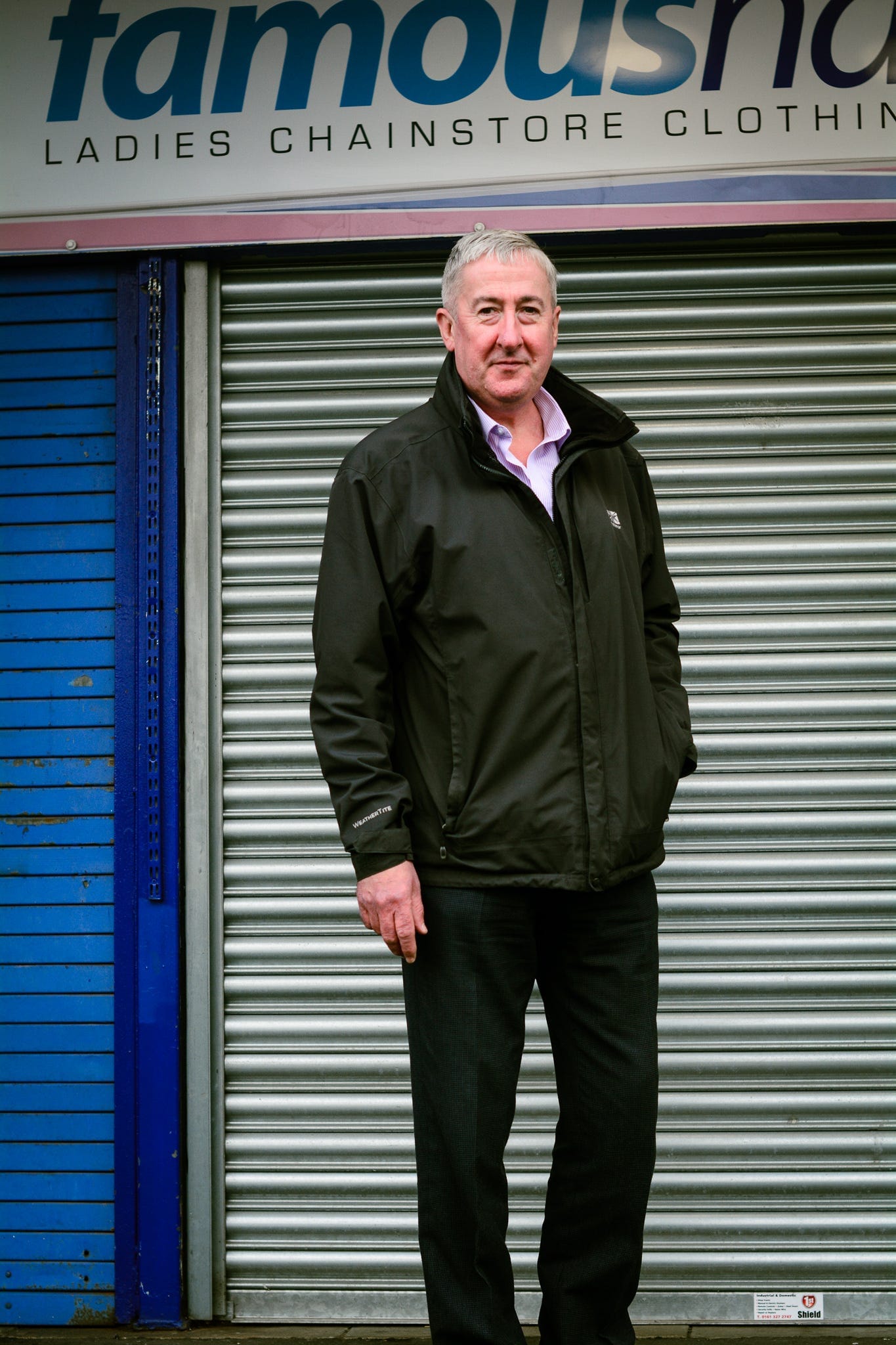
Inside Market Hall, I talked to Arshid ‘Ash’ Kayani over two cups of sweet, black Turkish tea. In his 40s, he has been at Bury Market for 19 years and sells mobile phones and video games. He had closed during the first lockdown and in between serving customers, he was rearranging the stock. Kayani’s family lived in Bradford, but he was born in Pakistan. He grew up in Kashmir and during our conversation, he showed me photographs of his trips back there. In one photo he is standing in front of a wide river with snow-capped mountains in the background.
Before Covid-19 brought the country to a standstill, he told me the market had already been changing. “It used to be that busy you couldn’t even move,” he said when I commented on the people who were milling about the hall. “Between 2001 and 2015, there used to be four of us working here. Now times are a bit harder, only one person can manage [the stall] now.” He blames the competition from the shopping centres, but also generational shifts. “It is getting difficult, especially with the new generation - I don’t think they like coming to markets,” he told me.

As I hovered indecisively around the walkways outside, a woman with wavy, blue hair called out to me. This was Maria. After being made redundant from a customer service job she’d worked in for 13 years, Maria, 53, decided to take the leap and open her stall. It was something she had always wanted to do. She’s been here for three years. “All of my redundancy money went into this,” she told me. Her stall Midnight Moon sells fantasy and goth items, and was adorned with dreamcatchers, a case of gemstones and intricate metalwork pieces that she makes herself. “I love it here,” she said. “Even when it’s freezing cold.”
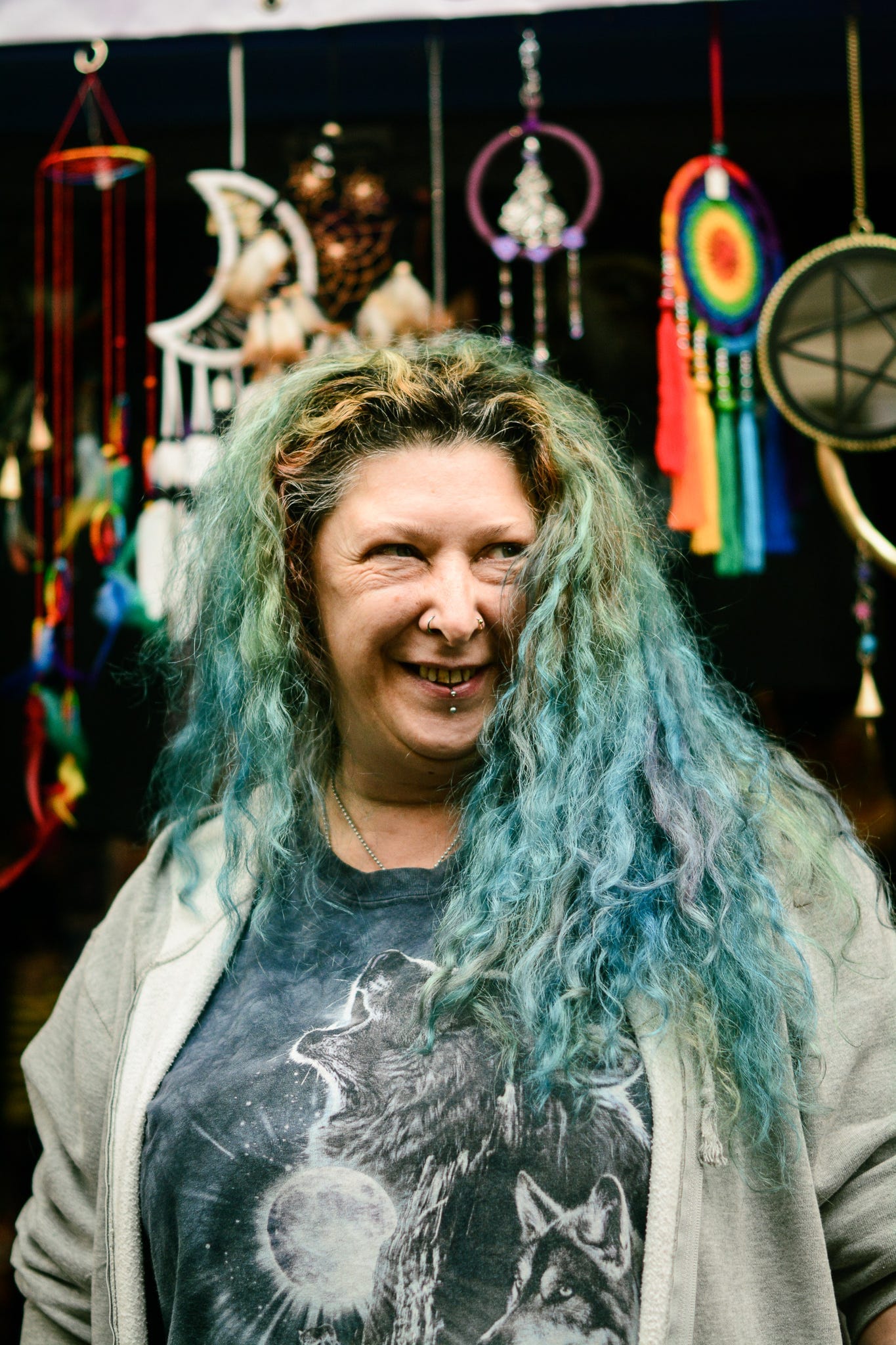
In the first days of her stall, Maria’s journey to the market involved a 6am start, lugging a heavy trolley and catching two trams. It wasn’t the easiest of commutes, since she relies on a stick to get around. During the first lockdown, she and her partner Tony, 66, survived on Universal Credit. “Covid has caused problems for us all,” she said, “we’re all really worried at the moment.” She is keen for the coaches to return - on a good day in the peak season there were 15 to 20 coaches arriving - but also thinks the market needs to work on its branding. “We need to get people to realise what’s going on in the market - it isn’t just old ladies, big knickers and black puddings. There’s lots here.”
Joanne Columbine, who served as Labour councillor in Bury between 2011 and 2013, says the market needs to move with the times. She urges more of a focus on food stalls, recalling a visit she made to London’s hip Borough Market, popular with the capital’s young professionals and students. Many local leaders across Greater Manchester look enviously at Altrincham Market and its ability to draw in a younger crowd.
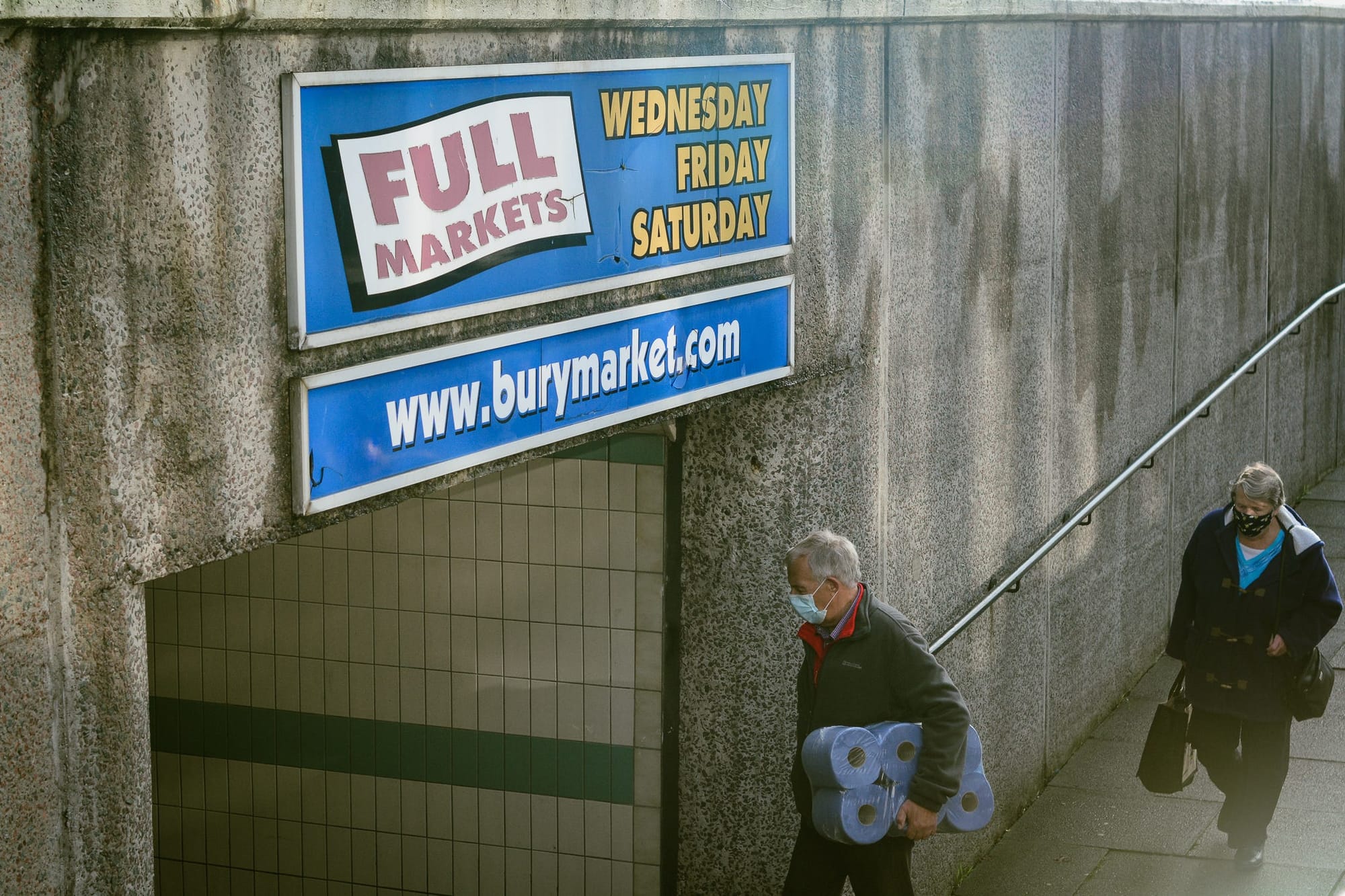

Though the market was by no means lacking in food options, Bury isn’t attracting the Instagram crowds. But it has the potential to. Columbine told me that the growing popularity of food shows in the early 2000s had sparked people’s interest in sourcing local ingredients - a trend that boosted Bury Market’s reputation. Visits from celebrities had also raised its profile. In 2007, BBC’s Hairy Bikers, Dave Myers and Si King, filmed at Bury Market and ate some black pudding. “Well, these are probably the best black puddings in the world,” Myers said.
“Because it’s a conservative place, it’s never going to change quickly,” Columbine noted. When she was a councillor, she was sceptical about how the market was managed. “Bury Council exerted a lot of control over the way the market is run. As far as they were concerned, ‘If it ain’t broke, don’t fix it.’” Now the market is much closer to being broke, for reasons way outside its control. She thinks its future relies on people who have “a bit more vision.”
On my second trip to Bury for this story, I wandered into a stall piled with bedding and home comforts. When I asked the woman who ran it what she thought the future of Bury Market was, she paused. November was an important month for her and many others – it was when their Christmas trade came in. She thought about it carefully. “It will keep going,” she said. “We will survive.”
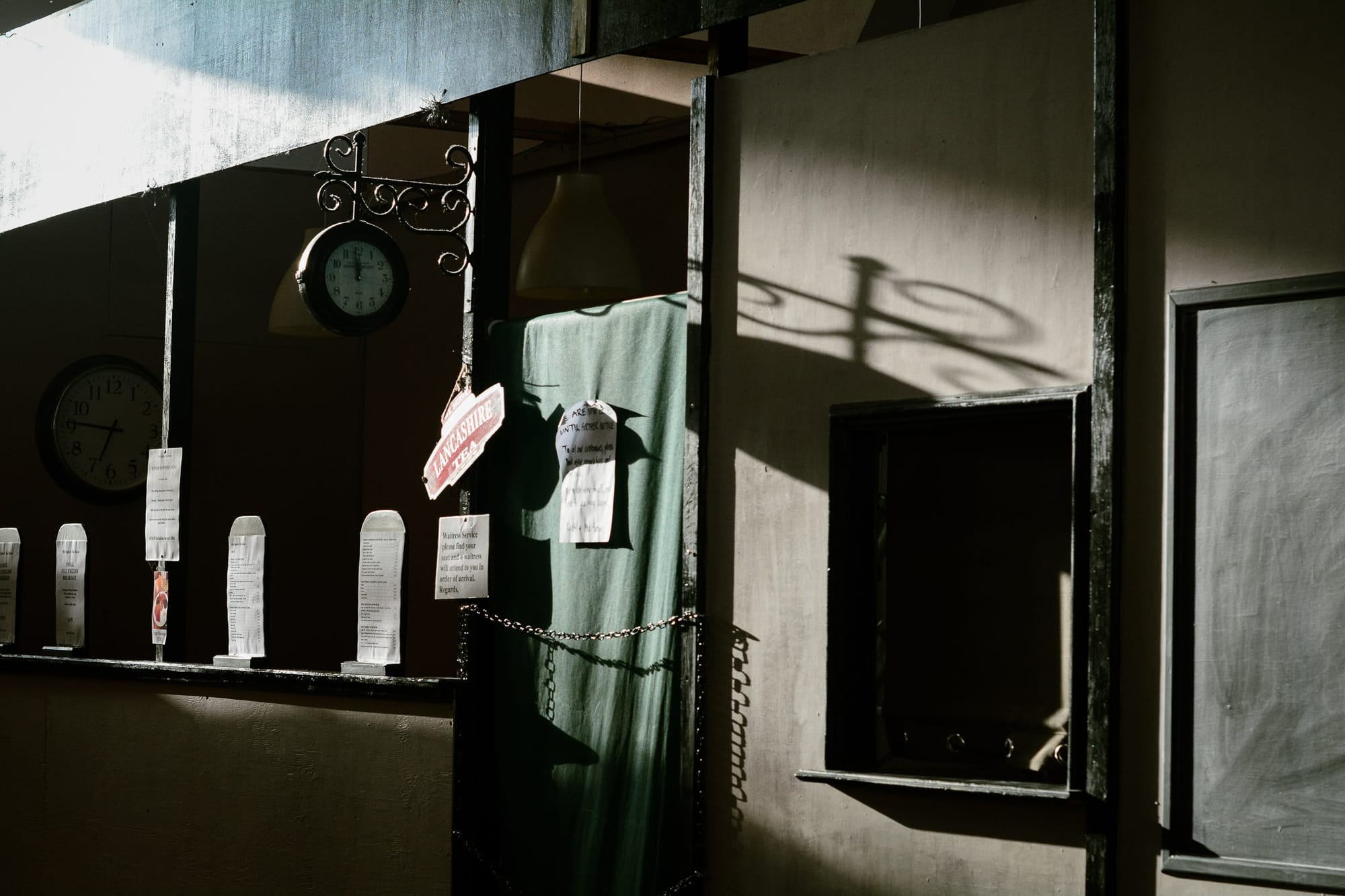
To receive all The Mill’s journalism in your inbox and support the growth of high-quality local reporting in Greater Manchester, join our 500+ members today.

Comments
How to comment:
If you are already a member,
click here to sign in
and leave a comment.
If you aren't a member,
sign up here
to be able to leave a comment.
To add your photo, click here to create a profile on Gravatar.






